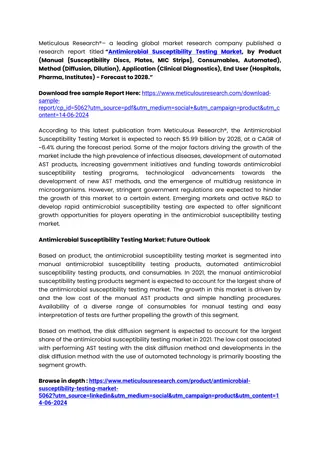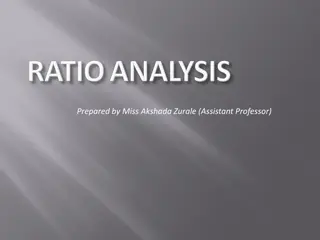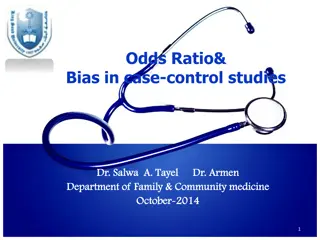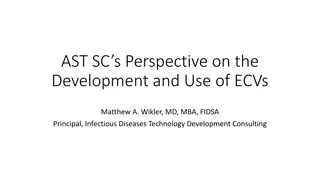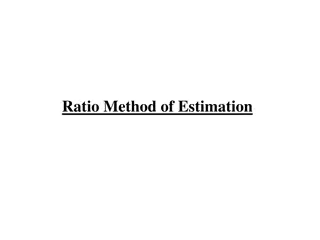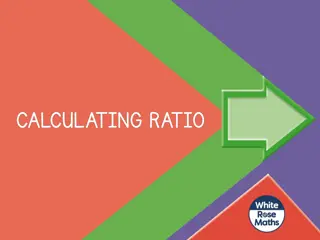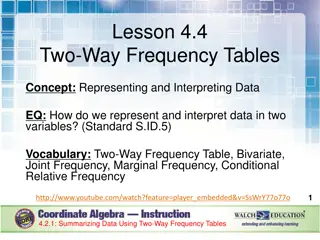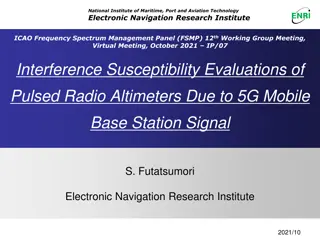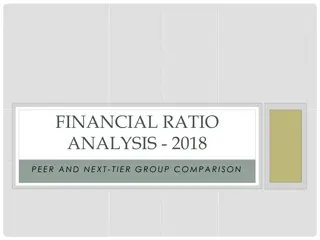Understanding Landslide Susceptibility Using Frequency-Ratio Method
This informative content delves into the Frequency-Ratio Method for Landslide Susceptibility Index (LSI), supported by the National Science Foundation. It explains how Frequency-Ratio (FR) methods are used for analyzing landslide susceptibility, the mathematical calculations involved in determining LSI values, and the interpretation of LSI numbers - positive values indicating factors favoring landslides and negative values indicating lack of favorability. Researchers can gain insights into the bivariate analysis of landslide susceptibility through the detailed explanations and visuals provided.
Download Presentation

Please find below an Image/Link to download the presentation.
The content on the website is provided AS IS for your information and personal use only. It may not be sold, licensed, or shared on other websites without obtaining consent from the author. Download presentation by click this link. If you encounter any issues during the download, it is possible that the publisher has removed the file from their server.
E N D
Presentation Transcript
FREQUENCY-RATIO METHOD Landslide Susceptibility Index (LSI) This work is supported by the National Science Foundation s Directorate for Education and Human Resources (TUES-1245025, IUSE- 1612248, IUSE-1725347). Version: May 22, 2018 Questions, contact education-AT-unavco.org
DISCLAIMER: Studies using frequency-ratio methods as applied to landslides will often use different terminologies. In some studies, LSI refers to the sum of the frequency-for all factors. In other studies, LSI refers to each independent frequency-ratio number associated with each factor and the susceptibility (S) of landslides is the average of all LSI. In this module, we use the latter (refer to Chalkias et al., 2014 for additional details).
FREQUENCY-RATIO (FR) FR methods are one of the most popular bivariate methods of analyzing landslide susceptibility (Korup and Stolle, 2014). Very popular because: Friendly to end users (simple to use). Vulnerabilities to slope failure of individual factors can be investigated. For the purposes of this module, FR values result in a Landslide Susceptibility Index (LSI). Often, researchers will use the total area of a landslide to calculate the LSI, but it is also suitable to use point data referencing the headscarp of each landslide (initial point of failure). We will use headscarp data.
THEMATH To calculate an LSI, a given factor (F) is categorized into n types (or subdivided into n classes). The frequency ratio for each class (i) can be written as: ????????? ?? ?????????? ?? ?? ???? ????????? ?? ?????????? ?? ????? ???? ????= ln
THEMATH CONT ????????? ?? ?????????? ?? ?? ???? ????????? ?? ?????????? ?? ????? ???? ????= ln ?????? ?? ?????????? ?? ?? ???? ?? ?? ????? ?????? ?? ?????????? ?? ?????? ????? ???? ?? ?????? ????= ln
THEMATH CONT ?????? ?? ?????????? ?? ?? ???? ?? ?? ????? ?????? ?? ?????????? ?? ?????? ????? ???? ?? ?????? ????= ln ?? ?? ?? ?? ????= ln
WHATDO LSI NUMBERSMEAN? Positive LSI values indicate that the factor (Fi) favors the occurrence of landslides. The more positive, the greater this correlation. Negative LSI values indicate that Fi does not favor the occurrence of landslides. The more negative, the worse the correlation.
LSI METHODSANEXAMPLEFROM ARIZONA, USA 1. Classify factor. Quantitative -Can be classified based on: -Natural Jenks -Manual -Equal Interval -Etc Elevation (m) Categories (Classes) <569 570-1056 1057-1533 1534-1976 >1976
LSI METHODSANEXAMPLEFROM ARIZONA, USA 1. Classify factor. Qualitative Aspect Categories (Classes) North East South West -Much more subjective classification.
LSI METHODSANEXAMPLEFROM ARIZONA, USA 1. Classify factor. 2. Extract areas for each Fi. 3. Calculate LSI for each ith factor. Elevation (m) Categories (Classes) <569 570-1056 1057-1533 1534-1976 >1976 LSI -1.745 0.694 0.142 0.03 -0.643
LSI METHODSANEXAMPLEFROM ARIZONA, USA 1. Classify factor. 2. Extract areas for each Fi. 3. Calculate LSI for each ith factor. 4. Analyze LSI data. Factor Elevation LSImin LSImax LSIrange LSIst.dev. -1.745 0.694 2.439 0.935
Elevation (m) Categories (Classes) <569 570-1056 1057-1533 1534-1976 >1976 LSI LSI ANALYSIS -1.745 0.694 0.142 0.03 -0.643 Low-moderate categorization of elevation most favors landslides. Extremely low and extremely high elevations do not favor landslides. Factor Elevation LSImin LSImax LSIrange LSIst.dev. -1.745 0.694 2.439 0.935
LSI ANALYSIS Refer to the document for the LSI analysis for the entire state of Arizona. Discuss Why did the researchers choose these particular factors? Why did they choose the classifications that they did? Do you agree, or disagree with their classifications? What might you choose to do differently? What factors had the greatest impact? Does this make sense for Arizona? Why, or why not?
PUERTO RICO VS. ARIZONA What factors (see right side of slide) do you think will have the greatest LSI values (favor mass movements) in Puerto Rico? Why? What about for Arizona? Why? 1. Elevation 2. Slope 3. Aspect 4. Mean Annual Precipitation (MAP) 5. Lithology 6. Landcover
THE DATASETS Arizona (Area: ) Az_Elevation Az_Slope Az_Aspect Az_Maprecip Az_Lithology Az_Landcover AzLandslides75 AzLandslides25 TOTAL LANDSLIDES: 620 Puerto Rico (Area: ) PR_Elevation PR_Slope PR_Aspect PR_Maprecip PR_Lithology PR_Landcover PRLandslides75 PRLandslides25 TOTAL LANDSLIDES: 2,053*



